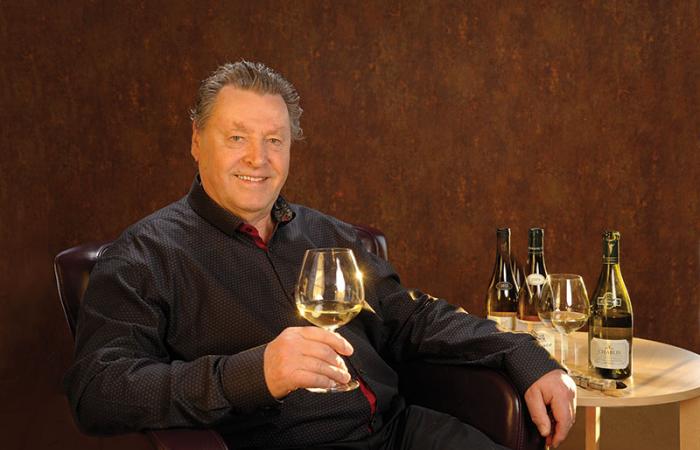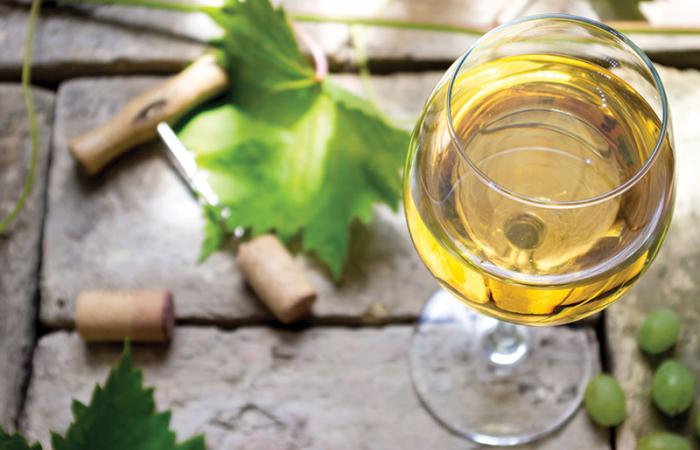Everybody knows Chardonnay. It is the most widely-planted wine grape in the world. To many people, Chardonnay is white wine, and white wine is Chardonnay. So absolute is Chardonnay’s domination of the world of white wine that a counter-revolution known as ABC – Anything But Chardonnay – has emerged; more about that later.
One reason for Chardonnay’s pre-eminence is its lack of one persistent identifiable characteristic: Chardonnay offers the winemaker a blank sheet on which to imprint a personal style. Chardonnay adapts well to different climate and soil conditions, thriving in Australia, California, New Zealand and Ontario as well as its native France, and in each new wine region it finds its home, emerging as a distinctive, authentic voice for that region. This gives us the opportunity to explore a greater diversity of styles than we find in any other grape.
Let’s begin in France, where Chardonnay gives us Champagne and other sparkling wines as well as white Burgundy. There is a village in the south of Burgundy named Chardonnay; we must assume, without actual proof, that this is where this vine began. Burgundian Chardonnays range from basic Bourgogne blanc for under $20 per bottle to rare, precious Montrachet at thirty times that. Your local LCBO stocks a selection of Bourgognes, and they are usually good. For something a bit special in both value and flavour, seek one from the best villages in the Macon, that great southern stretch of Burgundy that for years was a well of cheap wine, but now, responding to international market competition, has emerged as the source of the world’s best value Chardonnay. Look for a label that says: “Macon-(name of the village)” such as Macon-Azé, Macon-Lugny, Macon-Uchizy, Macon-Viré. These are a secret weapon for stocking your cellar with white wines for the summer patio; your guests will be amazed at the quality, and you will appreciate the value.
To fully experience what this grape can do from the best areas of its home turf, try one from the top villages of the Côte d’Or: Chassagne-Montrachet, Puligny-Montrachet or Meursault. Prices begin around $50 and rise rapidly from there. You can approach the same savoury, elegant character at a more modest premium with wines from Beaune,
Saint-Aubin or Savigny-lès-Beaune.
And at least once in your life you must encounter exotic, spicy Corton-Charlemagne, one of the greatest wines on earth, well worth its triple-digit price tag. But perhaps the quickest way to get a feel for the range of Burgundian Chardonnays is to visit Chablis and try all three levels of that delightful, crisp, minerally wine: Chablis ($20-$30 per bottle) Chablis Premier Cru ($30-$50 per bottle) and Chablis Grand Cru ($75-$100 per bottle). Differences in style, richness and grandeur will be quite evident (although to get maximum benefit from Grand Cru Chablis, it should be eight to ten years old).
Not to be outdone, the new world produces a full range of Chardonnays from value-priced entry level wines to ultra-premium blockbusters. California – especially Napa and Sonoma – and Australia – especially Margaret River and Hunter Valley – are both great sources, but careful selection is required; some of these I find too heavy, over-filled with oak and alcohol, often with undesirable residual sweetness. With a bit of experimentation you will be sure to find some fresh, savoury bottles that will delight you. Our own Ontario wine regions now produce very fine Chardonnays with a floral, perfumed character. Look for a specific VQA on the label: St. David’s Bench, Beamsville Bench, Niagara-on-the-Lake, Prince Edward County. As our vineyards mature we can be proud of our local products that compete with the world’s finest.





